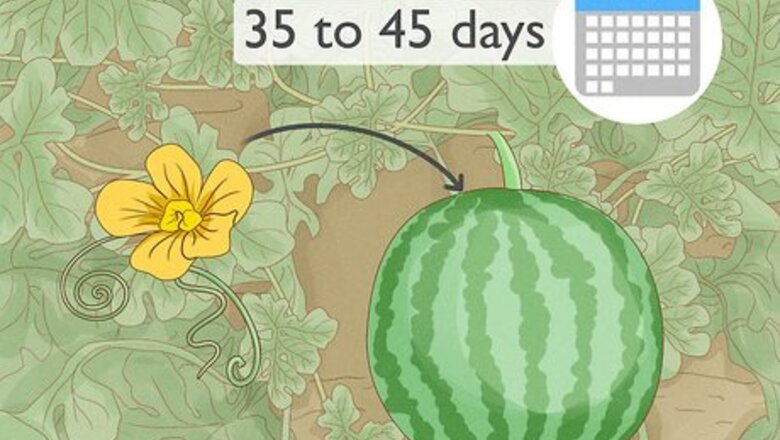
views
Collecting the Seeds
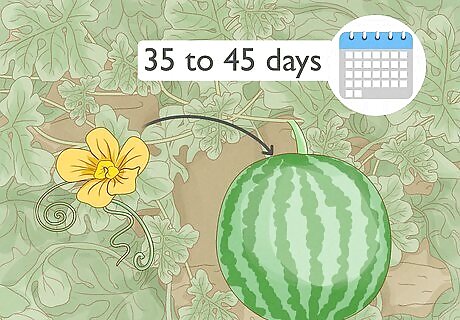
Collect watermelon seeds from ripe, healthy watermelons. They generally ripen 35 to 45 days after the plant blooms. When the watermelon is ripe, the curly tendril on the vine will dry up and turn brown and the white spot on the bottom of the watermelon will turn yellow. The watermelon will also lose its shine and become dull-looking.
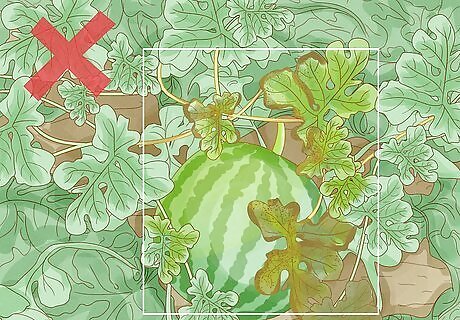
Do not collect seeds from watermelons growing on vines that have wilting, spotted or dying leaves or vines. These are all indications of diseases like bacterial wilt and anthracnose. The seeds could be infected, which means they will produce diseased plants.
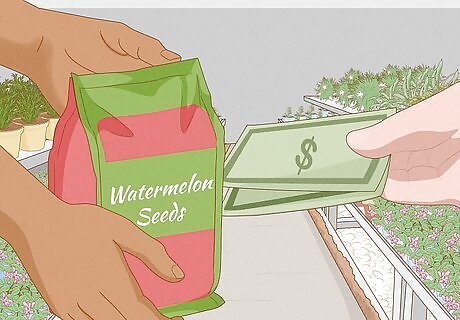
Use seeds from watermelons that have not been grown in a garden with a different watermelon cultivar. Watermelons cross pollinate, so seeds collected from a watermelon that was cross-pollinated with a different cultivar may produce watermelons that do not have the desired characteristics. While you can use seeds that have been collected from a watermelon that has been purchased from a store or local vendor, there is no way to tell from the watermelon whether or not it has been cross pollinated. So, the watermelons that grow from the seeds may be different from the watermelon you bought.
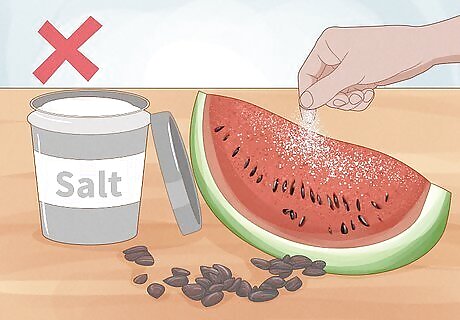
Avoid putting salt on the watermelon if you are going to collect the seeds. Wash the soil off the watermelon with clean water before cutting it open. Seeds can be collected when the watermelon is eaten or you can cut the watermelon open and pick the seeds out by hand.
Cleaning and Storing the Seeds
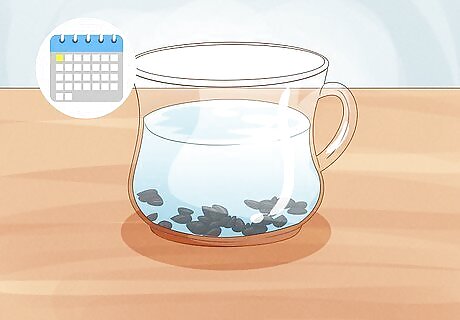
Put the watermelon seeds into a glass or plastic container and fill the container with water. Stir the seeds around with a spoon to wash off the pulp. Let them sit in the water at room temperature for two to three days, stirring them gently once each day.
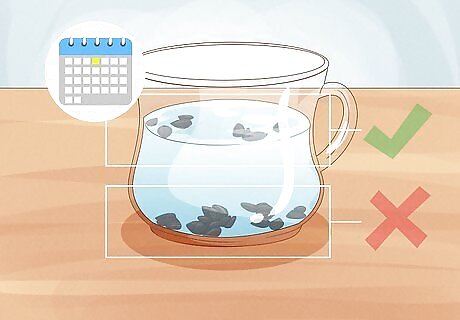
On the third or fourth day, pour out the water and any seeds that are floating at the top. Leave any seeds at the bottom in the container.
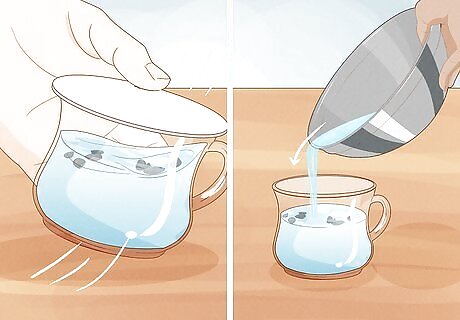
Fill the container with fresh water, swish the seeds around and pour the water out several times. This will give the seeds a good rinse.
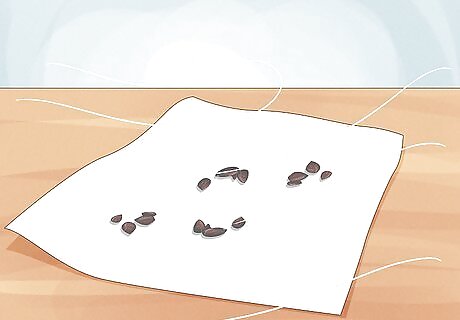
Remove the seeds from the container with a spoon or by pouring them into a colander. Spread the seeds out on several layers of paper towel or newspaper and let them dry at room temperature. Dry them in an area that is slightly warmer than room temperature and has good air circulation, like the top of your refrigerator. Do not expose the seeds to direct sunlight.
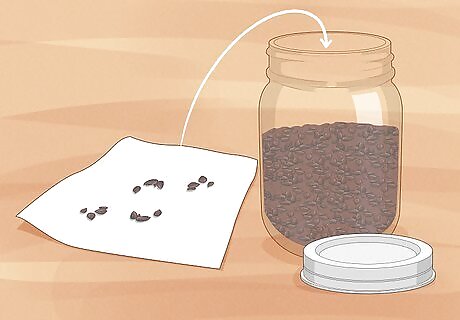
Put the clean, dry seeds into an air-tight container. A plastic container with a lid that seals, a plastic sandwich or storage bag with a zipper seal or a clean glass jar with a lid that screws down tight will work.
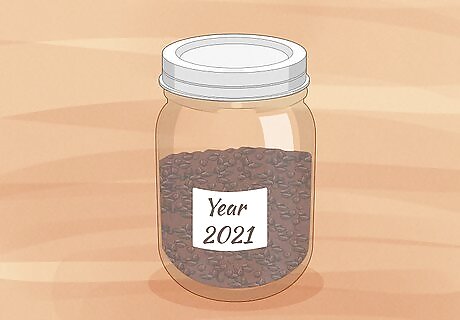
Use a pen or marker to label the container along with the year the seeds were processed. Put the container in the refrigerator to keep them cool and dormant. The seeds can be stored for up to five years.
Planting the Seeds
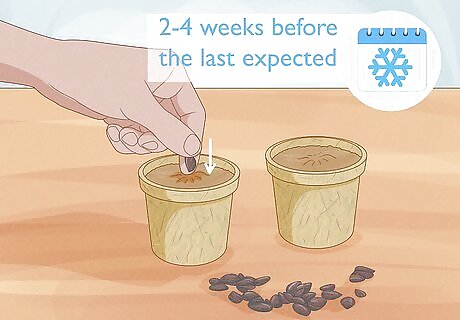
Start watermelon seeds indoors in peat pots. Do this two to four weeks before the last expected frost.
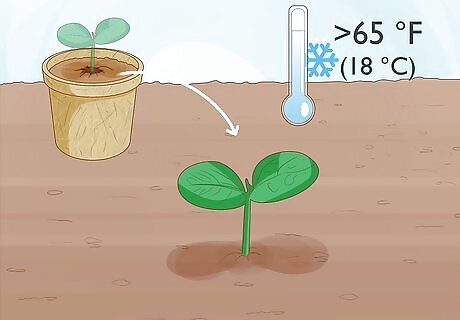
Plant the seedlings in the garden two weeks after the last hard frost. The soil temperatures should rise above 65 °F (18 °C).

Enjoy ripe watermelons in the summer. Once the seeds are planted in the garden in the spring, you should expect ripe watermelons in the summer every year.


















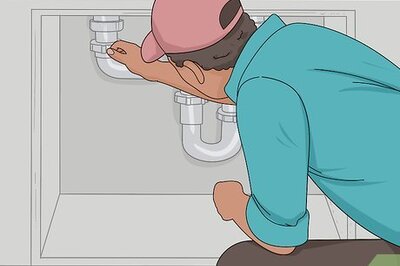

Comments
0 comment